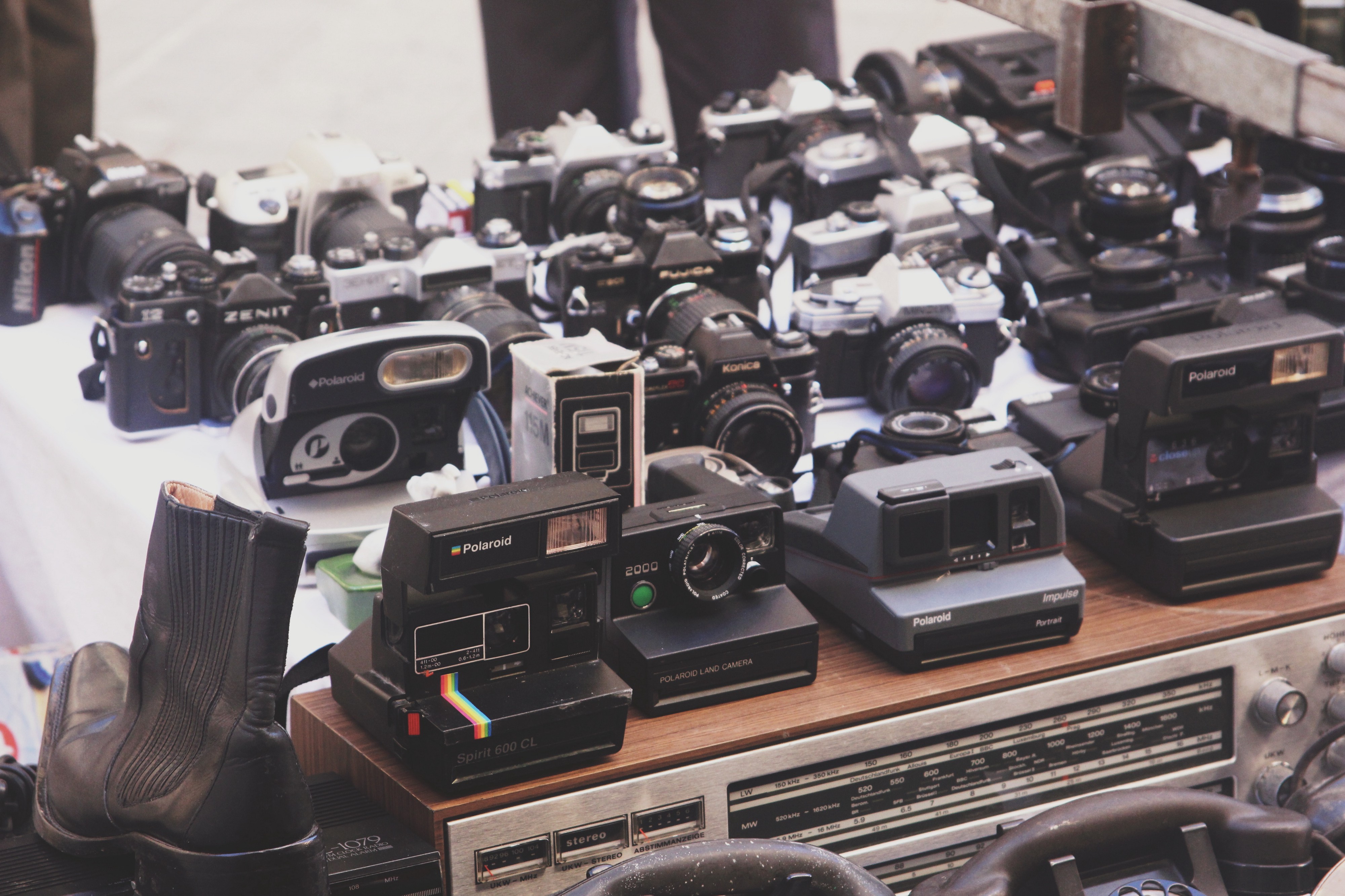
Responses (3)
a Field Note
published on July 1, 2020
The Imminent Death of the DSLR
Both Nikon and Canon introduced Mirrorless Cameras in 2018 signaling a shift and more significantly a commitment to the mirrorless camera revolution. In fact, Nikon’s Z7 and Canon’s EOS R are part of their professional lines of full-frame cameras and sit side-by-side their mirrored DSLR brothers with very little difference in price, but vast improvement in the evolution of the technology. The largest hurdles early adopters will face is backwards compatibility with current OEM and third-party lenses. This is because both Nikon and Canon developed new lens mounts.
Nikon’s new Z mount has a wider inner diameter, 55mm versus their 45mm F Mount which hasn’t changed in almost 60 years, as well as a very small flange of just 16mm. Nikon’s justification to change an almost 60 year old F mount for the Z is compelling. It will allow for smaller camera bodies, faster lenses and better balance between size and image quality, but the days of swapping my Nikkor 50mm 1.8/G with my Nikon D600, D810 and 1982 Nikon FG are over with the new Z Mount.
Canon also developed a new lens mount for their mirrorless full-frame cameras, but is less of a dramatic change. However, likewise, any Canon EF lens is only compatible with mirrorless RF mounts via an adapter.
These adapters will cost an additional $99 for Canon and Nikon’s FTZ adapter, at a much steeper price of $249. However, realistically, mount adapters are just a short-term bridge to accessibility.
Professional photographers will always prefer to use the highest quality glass in a lens manufactured for the specific camera. This is why the adoption of full-frame mirrorless SLR cameras for established Nikon and Canon photographers will be slow compared to other brands. Sony has been living in the mirrorless age much longer. The Sony a7 series was released back in 2013 and since then their ILS (Interchangeable Lens System) has only improved as the product-line has matured. In 2016, Hasselblad released the X1D-50c to become the world’s the first digital, medium-format mirrorless camera.As consumers start to be convinced that fully digital and mirrorless camera systems can produce the same traditional quality of a mirror, or maybe even better, then the imminent death of the DSLR is forthcoming.
The benefits including size, weight, battery life, speed and adaptation to future technology is what will slowly make the era of the DSLR extinct and feeling as vintage as shooting film with a Minolta; at least for the next 20 years or so.
If history repeats itself once again, we will soon only be able to find these once-upon-a-time-tech-marvel DSLR bodies in the after-market channels like eBay and camera stores.

